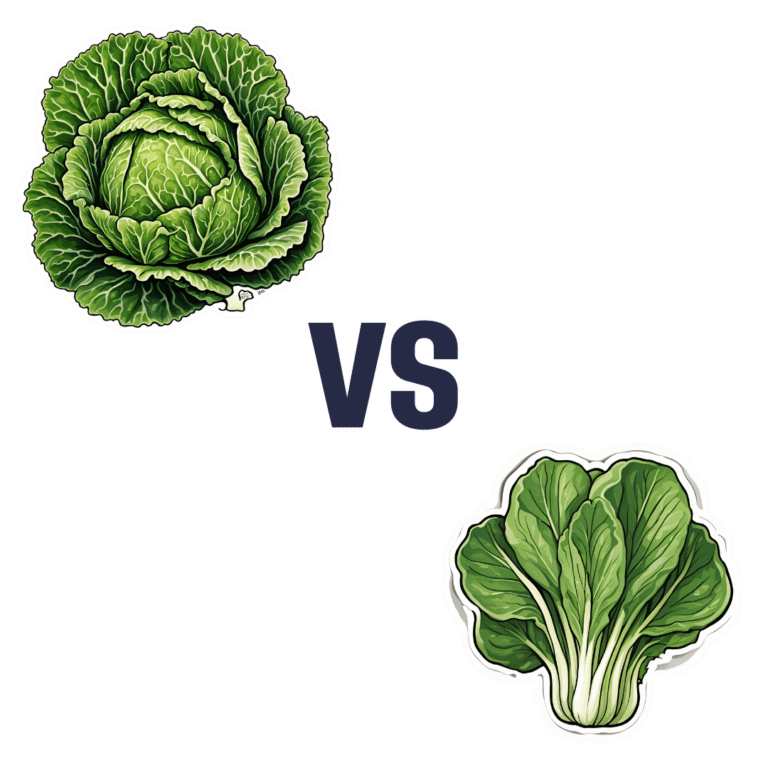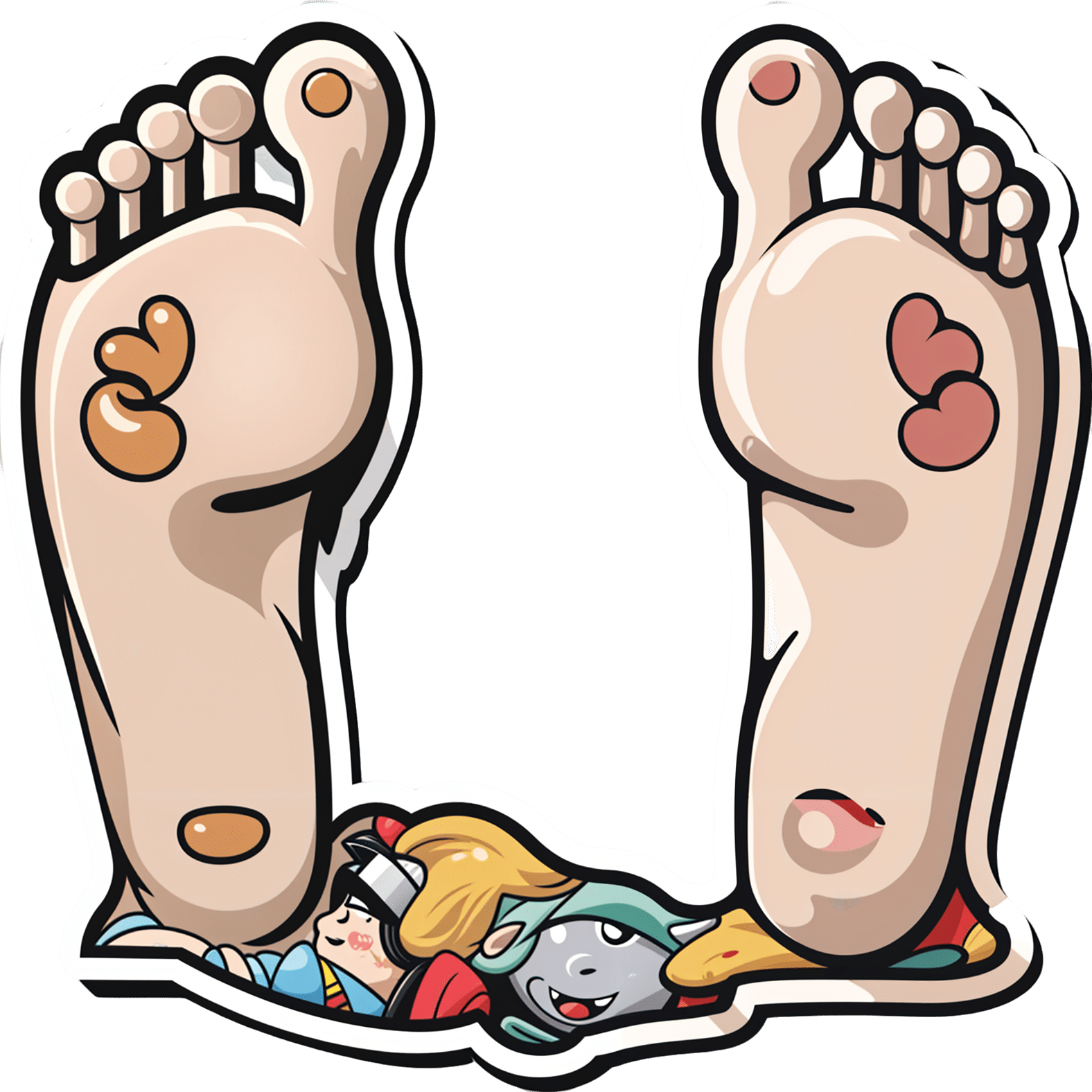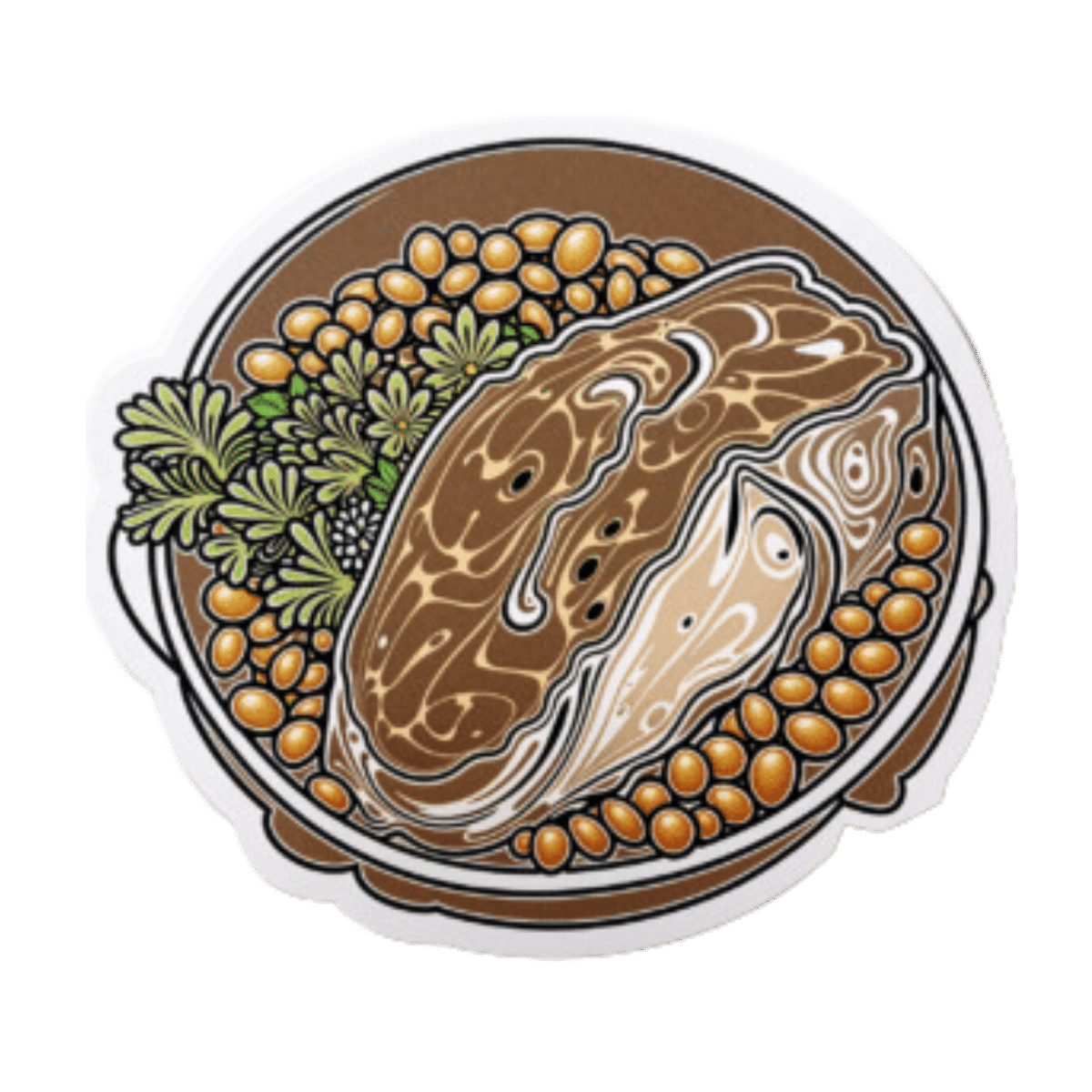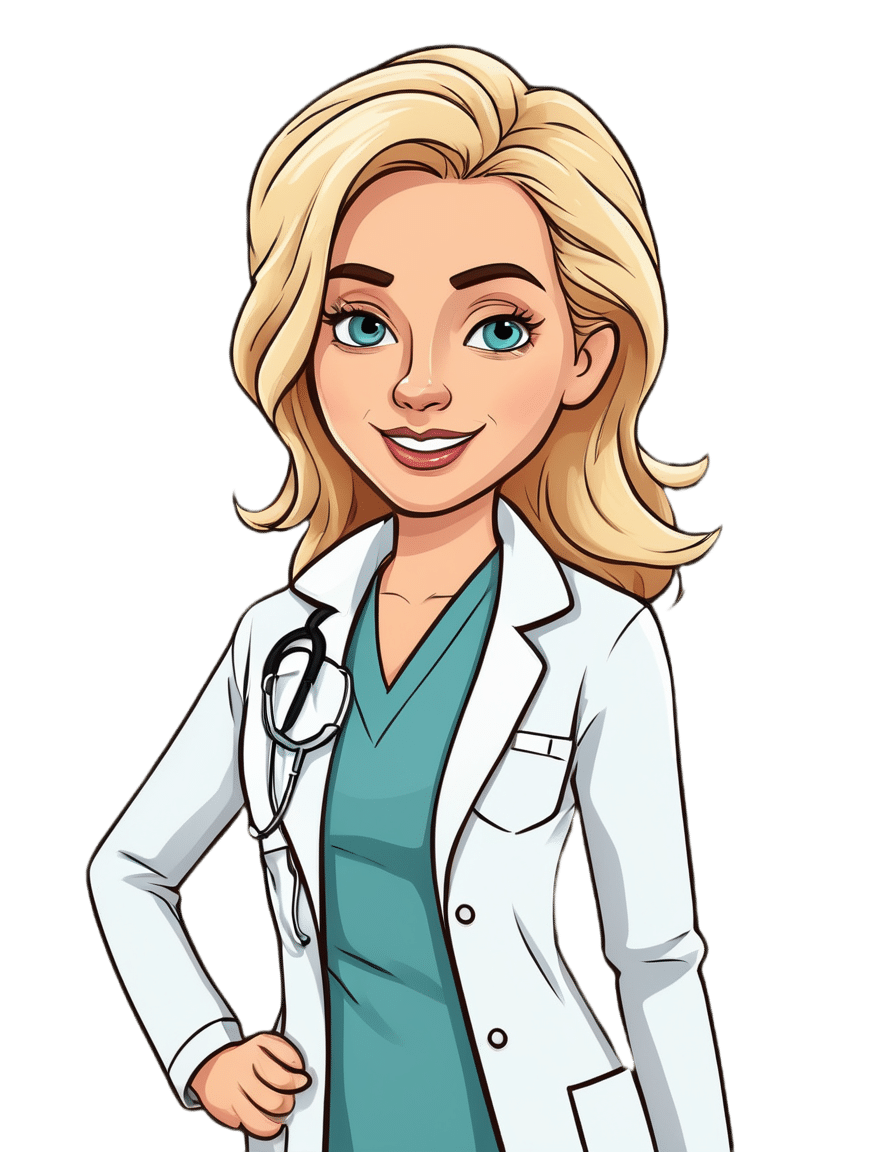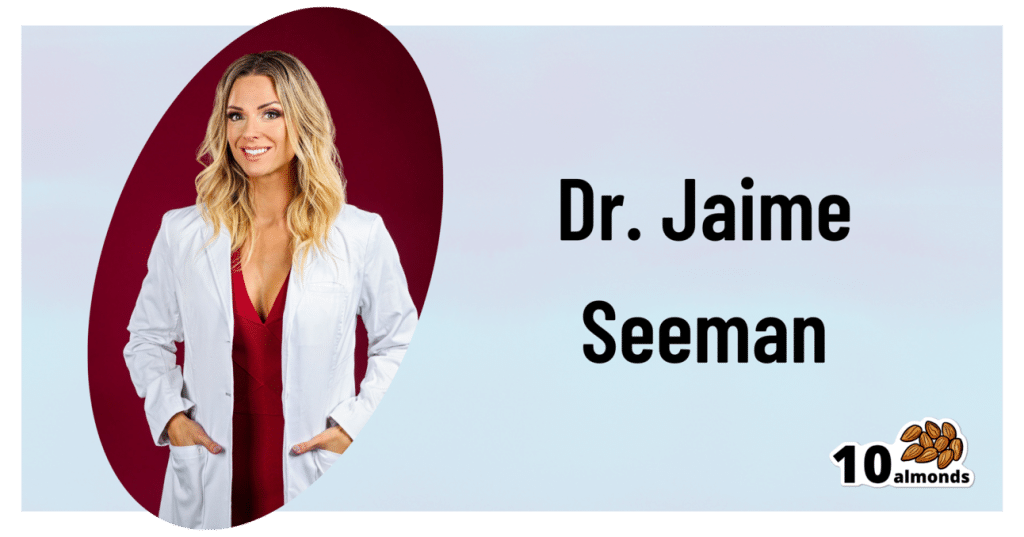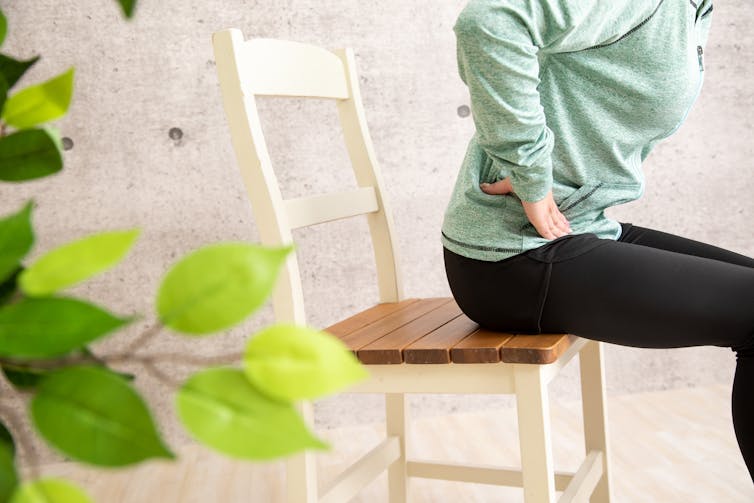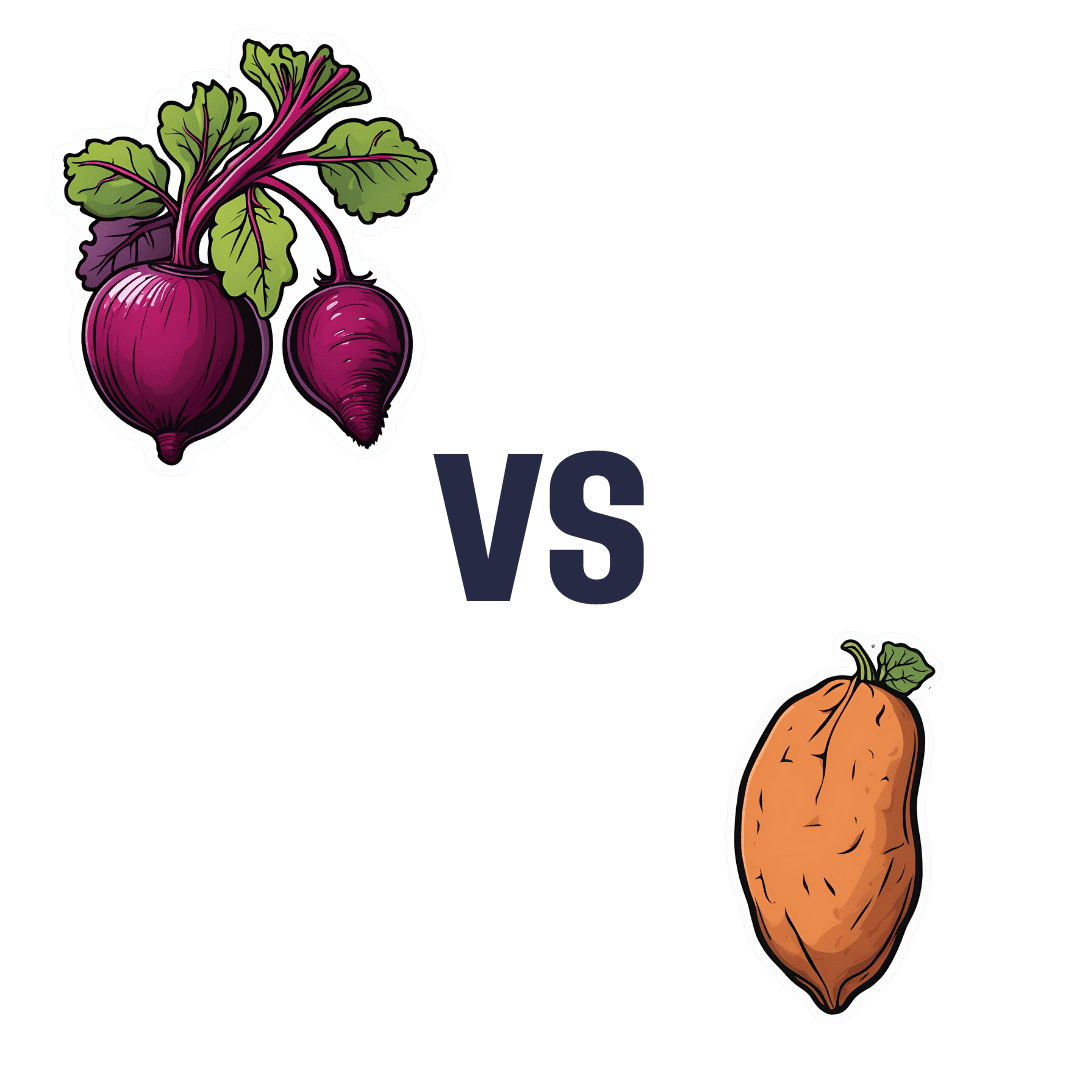
Beetroot vs Sweet Potato – Which is Healthier?
10almonds is reader-supported. We may, at no cost to you, receive a portion of sales if you purchase a product through a link in this article.
Our Verdict
When comparing beetroot to sweet potato, we picked the sweet potato.
Why?
Quite a straightforward one today!
In terms of macros, sweet potato has more protein, carbs, and fiber. The glycemic index of both of these root vegetables is similar (and in each case varies similarly depending on how it is cooked), so we’ll call the winner the one that’s more nutritionally dense—the sweet potato.
Looking at vitamins next, beetroot has more vitamin B9 (and is in fact a very good source of that, unlike sweet potato), and/but sweet potato is a lot higher in vitamins A, B1, B2, B3, B5, B6, B7, C, E, K, and choline. And we’re talking for example more than 582x more vitamin A, more than 17x more vitamin E, more than a 10x more vitamin K, and at least multiples more of the other vitamins mentioned. So this category’s not a difficult one to call for sweet potato.
When it comes to minerals, beetroot has more selenium, while sweet potato has more calcium, copper, magnesium, manganese, phosphorus, and potassium. They’re approximately equal in iron and zinc. Another win for sweet potato.
Of course, enjoy both. But if you’re looking for the root vegetable that’ll bring the most nutrients, it’s the sweet potato.
Want to learn more?
You might like to read:
No, beetroot isn’t vegetable Viagra. But here’s what else it can do
Take care!
Don’t Forget…
Did you arrive here from our newsletter? Don’t forget to return to the email to continue learning!
Recommended
Learn to Age Gracefully
Join the 98k+ American women taking control of their health & aging with our 100% free (and fun!) daily emails:
-
Type 2 Diabetic Foot Problems
10almonds is reader-supported. We may, at no cost to you, receive a portion of sales if you purchase a product through a link in this article.
It’s Q&A Day!
Have a question or a request? You can always hit “reply” to any of our emails, or use the feedback widget at the bottom!
This newsletter has been growing a lot lately, and so have the questions/requests, and we love that! In cases where we’ve already covered something, we might link to what we wrote before, but will always be happy to revisit any of our topics again in the future too—there’s always more to say!
As ever: if the question/request can be answered briefly, we’ll do it here in our Q&A Thursday edition. If not, we’ll make a main feature of it shortly afterwards!
So, no question/request too big or small
Q: I’d like to know more about type 2 diabetic foot problems
You probably know that the “foot problems” thing has less to do with the feet and more to do with blood and nerves. So, why the feet?
The reason feet often get something like the worst of it, is because they are extremities, and in the case of blood sugars being too high for too long too often, they’re getting more damage as blood has to fight its way back up your body. Diabetic neuropathy happens when nerves are malnourished because the blood that should be keeping them healthy, is instead syrupy and sluggish.
We’ll definitely do a main feature sometime soon on keeping blood sugars healthy, for both types of diabetes plus pre-diabetes and just general advice for all.
In the meantime, here’s some very good advice on keeping your feet healthy in the context of diabetes. This one’s focussed on Type 1 Diabetes, but the advice goes for both:
! Share This Post
-
Tuna Steak with Protein Salad
10almonds is reader-supported. We may, at no cost to you, receive a portion of sales if you purchase a product through a link in this article.
Yes, it’s protein on protein today, and it’s all healthy.
You will need (per person)
- 1 tuna steak
- 1 400g/12oz can mixed beans, drained & rinsed
- 1 tsp capers
- 2 tsp black pepper, coarse ground
- 1 red chili, chopped
- 1 lime, cut into wedges
- ½ tsp white wine vinegar
- Extra virgin olive oil, for cooking
- Garnish: chopped parsley
Method
(we suggest you read everything at least once before doing anything)
1) Put the beans in a bowl, mixing in the capers, vinegar, and 1 tsp of the black pepper
2) Gently rub a little olive oil onto each side of the tuna steak, and season with the remainder of the black pepper (as in, the other tsp, not the rest of what you have in the house).
3) Heat a ridged grill pan until hot, and then cook the tuna for around 3 minutes on each side. Do not jiggle it! Do not slide it, and definitely do not stir it. Just gently turn it over when necessary. The edges should be cooked, and the inside should still be pink (it’s easy to forget when it comes from a can, but remember tuna is usually eaten raw)
4) Serve, sprinkling with the chopped chili and garnishing with the parsley. The lime wedges go on the side for squeezing at the table.
Enjoy!
Want to learn more?
For those interested in some of the science of what we have going on today:
- Protein: How Much Do We Need, Really?
- Salmon vs Tuna – Which is Healthier?
- Cilantro vs Parsley – Which is Healthier?
- Our Top 5 Spices: How Much Is Enough For Benefits?
Take care!
Share This Post
-
Get Fitter As You Go
10almonds is reader-supported. We may, at no cost to you, receive a portion of sales if you purchase a product through a link in this article.
Dr. Jaime Seeman: Hard To Kill?
This is Dr. Jaime Seeman. She’s a board-certified obstetrician-gynecologist with a background in nutrition, exercise, and health science. She’s also a Fellow in Integrative Medicine, and a board-certified nutrition specialist.
However, her biggest focus is preventative medicine.
What does she want us to know?
The Five Pillars of being “Hard to Kill”!
As an athlete when she was younger, she got away with poor nutrition habits with good exercise, but pregnancy (thrice) brought her poor thyroid function, other hormonal imbalances, and pre-diabetes.
So, she set about getting better—not something the general medical establishment focuses on a lot! Doctors are pressured to manage symptoms, but are under no expectation to actually help people get better.
So, what are her five pillars?
Nutrition
Dr. Seeman unsurprisingly recommends a whole-foods diet with lots of plants, but unlike many plant-enjoyers, she is also an enjoyer of the ketogenic diet.
While keto-enthusiasts say “carbs are bad” and vegans say “meat is bad”, the reality is: both of those things can be bad, and in both cases, avoiding the most harmful varieties is a very good first step:
Movement
This is in two parts:
- get your 150 minutes of moderate exercise per week
- keep your body mobile!
See also:
Sleep
This one’s quite straightforward, and Dr. Seeman uncontroversially recommends getting 7–9 hours per night; yes, even you:
Mindset
This is key to Dr. Seeman’s approach, and it is about not settling for average, because the average is undernourished, overmedicated, sedentary, and suffering.
She encourages us all to keep working for better health, wherever we’re at. To not “go gentle into that good night”, to get stronger whatever our age, to showcase increasingly robust vitality as we go.
To believe we can, and then to do it.
Environment
That previous item usually won’t last beyond a 10-day health-kick without the correct environment.
As for how to make sure we have that? Check out:
Want more?
She does offer coaching:
Hard To Kill Academy: Master The Mindset To Maximize Your Years
Take care!
Share This Post
Related Posts
-
Steps vs Cardio | Which is Best for Fat Loss, Health, & Performance?
10almonds is reader-supported. We may, at no cost to you, receive a portion of sales if you purchase a product through a link in this article.
“Move more”, they say; but does it matter how quickly?
Use it or lose it
For general performance:
- More steps per day do offer slight aerobic benefits but do not significantly improve endurance.
- Higher-intensity cardio (ideally, HIIT) is essential for improving aerobic fitness.
- Training should match endurance goals (e.g. long-distance running vs team sports vs whatever it is that you care about for you).
For general health:
- Both cardio and step tracking reduce mortality risk and improve longevity.
- 2–3 hours of cardio per week provides most health benefits, with diminishing returns after 8 hours per week.
- 10,000+ steps/day is optimal, but 5,000+ steps/day still benefits health. And, not mentioned in this video, but really (per science) there seem to be diminishing returns after about 8,000 steps per day.
Fun fact: the reason it’s 10,000 steps per day that everyone talks about as the default goal, is just because the Japanese person who popularized it noted that the kanji for 10,000 looks a bit like a walking person: 万
For fat loss:
- Both step tracking and cardio do help.
- Step tracking better reflects total daily movement, while cardio burns calories in sessions—but if it’s not HIIT, there is likely to be a compensatory metabolic slump afterwards.
- High-intensity cardio increases fatigue, which may impact resistance training and diet adherence.
- Excessive endurance training can slightly inhibit muscle growth, but low-intensity steps have minimal interference.
So for fat loss, it’s best to get those steps in, and throw in a few HIIT sessions per week, with adequate recovery time between them.
For more on all of these things, enjoy:
Click Here If The Embedded Video Doesn’t Load Automatically!
Want to learn more?
You might also like to read:
How To Do HIIT (Without Wrecking Your Body)
Take care!
Don’t Forget…
Did you arrive here from our newsletter? Don’t forget to return to the email to continue learning!
Learn to Age Gracefully
Join the 98k+ American women taking control of their health & aging with our 100% free (and fun!) daily emails:
-
An apple cider vinegar drink a day? New study shows it might help weight loss
10almonds is reader-supported. We may, at no cost to you, receive a portion of sales if you purchase a product through a link in this article.
Made from fermented apples and naturally high in acetic acid, apple cider vinegar has been popular in recent years for its purported health benefits – from antibacterial properties to antioxidant effects and potential for helping manage blood sugars.
Its origins as a health tonic stretch much further back. Hippocrates used it to treat wounds, fever and skin sores.
An experimental study, released today, looks into whether apple cider vinegar could be effective for weight loss, reduce blood glucose levels and reduce blood lipids (cholesterol and triglycerides).
The results suggest it could reduce all three – but it might not be as simple as downing an apple cider vinegar drink a day.
What did they do?
A group of scientists in Lebanon did a double-blinded, randomised, clinical trial in a group of overweight and obese young people aged from 12–25 years.
Researchers randomly placed 30 participants in one of four groups. The participants were instructed to consume either 5, 10 or 15ml of apple cider vinegar diluted into 250ml of water each morning before they ate anything for 12 weeks. A control group consumed an inactive drink (a placebo) made (from lactic acid added to water) to look and taste the same.
Typically this sort of study provides high quality evidence as it can show cause and effect – that is the intervention (apple cider vinegar in this case) leads to a certain outcome. The study was also double-blinded, which means neither the participants or the scientists involved with collecting the data knew who was in which group.
So, what did they find?
After a period of three months apple cider vinegar consumption was linked with significant falls in body weight and body mass index (BMI). On average, those who drank apple cider vinegar during that period lost 6–8kg in weight and reduced their BMI by 2.7–3 points, depending on the dose. They also showed significant decreases in the waist and hip circumference.
The authors also report significant decreases in levels of blood glucose, triglycerides, and cholesterol in the apple cider groups. This finding echoes previous studies. The placebo group, who were given water with lactic acid, had much smaller decreases in weight and BMI. There were also no significant decreases in blood glucose and blood lipids.
From animal studies, it is thought the acetic acid in apple cider vinegar may affect the expression of genes involved in burning fats for energy. The new study did not explore whether this mechanism was involved in any weight loss.
Is this good news?
While the study appears promising, there are also reasons for caution.
Firstly, study participants were aged from 12 to 25, so we can’t say whether the results could apply to everyone.
The statistical methods used in the study don’t allow us to confidently say the same amount of weight loss would occur again if the study was done again.
And while the researchers kept records of the participants’ diet and exercise during the study, these were not published in the paper. This makes it difficult to determine if diet or exercise may have had an impact. We don’t know whether participants changed the amount they ate or the types of food they ate, or whether they changed their exercise levels.
The study used a placebo which they tried to make identical in appearance and taste to the active treatment. But people may still be able to determine differences. Researchers may ask participants at the end of a study to guess which group they were in to test the integrity of the placebo. Unfortunately this was not done in this study, so we can’t be certain if the participants knew or not.
Finally, the authors do not report whether anyone dropped out of the study. This could be important and influence results if people who did not lose weight quit due to lack of motivation.
Is that you mother? The enzymes in apple cider vinegar might be health-giving.
ShutterstockAny other concerns?
Apple cider vinegar is acidic and there are concerns it may erode tooth enamel. This can be a problem with any acidic beverages, including fizzy drinks, lemon water and orange juice.
To minimise the risk of acid erosion some dentists recommend the following after drinking acidic drinks:
- rinsing out your mouth with tap water afterwards
- chewing sugar-free gum afterwards to stimulate saliva production
- avoiding brushing your teeth immediately after drinking because it might damage the teeth’s softened top layer
- drink with a straw to minimise contact with the teeth.
Rinsing with water could prevent acid damaging your teeth.
ShutterstockDown the hatch?
This study provides us with some evidence of a link between apple cider vinegar and weight loss. But before health professionals can recommend this as a weight loss strategy we need bigger and better conducted studies across a wider age range.
Such research would need to be done alongside a controlled background diet and exercise across all the participants. This would provide more robust evidence that apple cider vinegar could be a useful aid for weight loss.
Still, if you don’t mind the taste of apple cider vinegar then you could try drinking some for weight loss, alongside a healthy balanced and varied dietary intake. This study does not suggest people can eat whatever they like and drink apple cider vinegar as a way to control weight.
Evangeline Mantzioris, Program Director of Nutrition and Food Sciences, Accredited Practising Dietitian, University of South Australia
This article is republished from The Conversation under a Creative Commons license. Read the original article.
Don’t Forget…
Did you arrive here from our newsletter? Don’t forget to return to the email to continue learning!
Learn to Age Gracefully
Join the 98k+ American women taking control of their health & aging with our 100% free (and fun!) daily emails:
-
Only walking for exercise? Here’s how to get the most out of it
10almonds is reader-supported. We may, at no cost to you, receive a portion of sales if you purchase a product through a link in this article.
We’re living longer than in previous generations, with one in eight elderly Australians now aged over 85. But the current gap between life expectancy (“lifespan”) and health-adjusted life expectancy (“healthspan”) is about ten years. This means many of us live with significant health problems in our later years.
To increase our healthspan, we need planned, structured and regular physical activity (or exercise). The World Health Organization recommends 150–300 minutes of moderate-intensity exercise – such as brisk walking, cycling and swimming – per week and muscle strengthening twice a week.
Yet few of us meet these recommendations. Only 10% meet the strength-training recommendations. Lack of time is one of the most common reasons.
Walking is cost-effective, doesn’t require any special equipment or training, and can be done with small pockets of time. Our preliminary research, published this week, shows there are ways to incorporate strength-training components into walking to improve your muscle strength and balance.
Why walking isn’t usually enough
Regular walking does not appear to work as muscle-strengthening exercise.
In contrast, exercises consisting of “eccentric” or muscle-lengthening contractions improve muscle strength, prevent muscle wasting and improve other functions such as balance and flexibility.
Typical eccentric contractions are seen, for example, when we sit on a chair slowly. The front thigh muscles lengthen with force generation.
When you sit down slowly on a chair, the front thigh muscles lengthen.
buritora/ShutterstockOur research
Our previous research found body-weight-based eccentric exercise training, such as sitting down on a chair slowly, improved lower limb muscle strength and balance in healthy older adults.
We also showed walking down stairs, with the front thigh muscles undergoing eccentric contractions, increased leg muscle strength and balance in older women more than walking up stairs. When climbing stairs, the front thigh muscles undergo “concentric” contractions, with the muscles shortening.
It can be difficult to find stairs or slopes suitable for eccentric exercises. But if they could be incorporated into daily walking, lower limb muscle strength and balance function could be improved.
This is where the idea of “eccentric walking” comes into play. This means inserting lunges in conventional walking, in addition to downstairs and downhill walking.
In our new research, published in the European Journal of Applied Physiology, we investigated the effects of eccentric walking on lower limb muscle strength and balance in 11 regular walkers aged 54 to 88 years.
The intervention period was 12 weeks. It consisted of four weeks of normal walking followed by eight weeks of eccentric walking.
The number of eccentric steps in the eccentric walking period gradually increased over eight weeks from 100 to 1,000 steps (including lunges, downhill and downstairs steps). Participants took a total of 3,900 eccentric steps over the eight-week eccentric walking period while the total number of steps was the same as the previous four weeks.
We measured the thickness of the participants’ front thigh muscles, muscle strength in their knee, their balance and endurance, including how many times they could go from a sitting position to standing in 30 seconds without using their arms. We took these measurements before the study started, at four weeks, after the conventional walking period, and at four and eight weeks into the eccentric walking period.
We also tested their cognitive function using a digit symbol-substitution test at the same time points of other tests. And we asked participants to complete a questionnaire relating to their activities of daily living, such as dressing and moving around at home.
Finally, we tested participants’ blood sugar, cholesterol levels and complement component 1q (C1q) concentrations, a potential marker of sarcopenia (muscle wasting with ageing).
Regular walking won’t contract your muscles in the same way as eccentric walking.
alexei_tm/ShutterstockWhat did we find?
We found no significant changes in any of the outcomes in the first four weeks when participants walked conventionally.
From week four to 12, we found significant improvements in muscle strength (19%), chair-stand ability (24%), balance (45%) and a cognitive function test (21%).
Serum C1q concentration decreased by 10% after the eccentric walking intervention, indicating participants’ muscles were effectively stimulated.
The sample size of the study was small, so we need larger and more comprehensive studies to verify our findings and investigate whether eccentric walking is effective for sedentary people, older people, how the different types of eccentric exercise compare and the potential cognitive and mental health benefits.
But, in the meantime, “eccentric walking” appears to be a beneficial exercise that will extend your healthspan. It may look a bit eccentric if we insert lunges while walking on the street, but the more people do it and benefit from it, the less eccentric it will become.
Ken Nosaka, Professor of Exercise and Sports Science, Edith Cowan University
This article is republished from The Conversation under a Creative Commons license. Read the original article.
Don’t Forget…
Did you arrive here from our newsletter? Don’t forget to return to the email to continue learning!
Learn to Age Gracefully
Join the 98k+ American women taking control of their health & aging with our 100% free (and fun!) daily emails:

